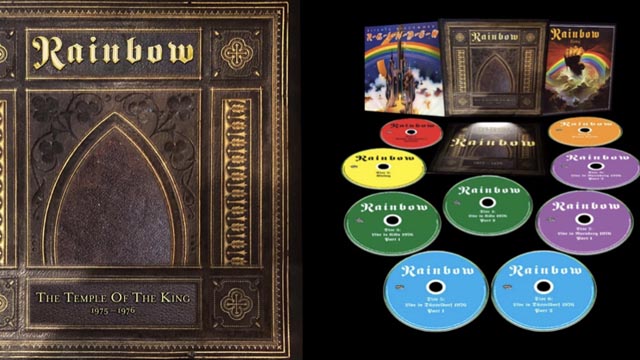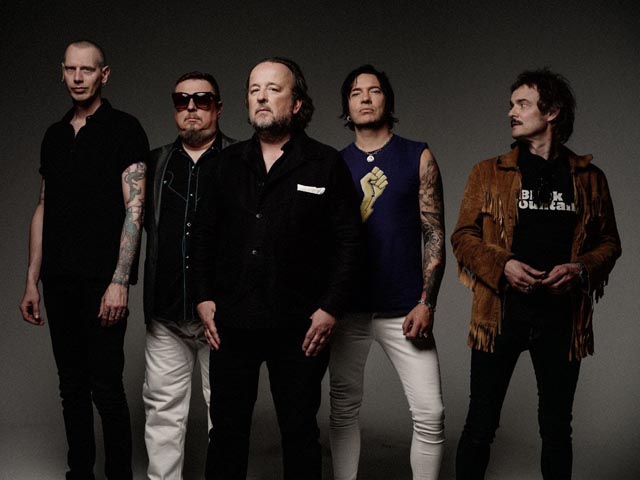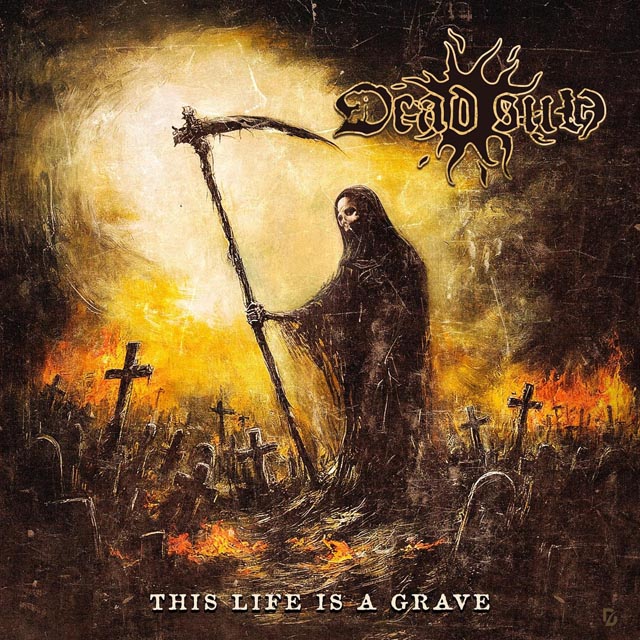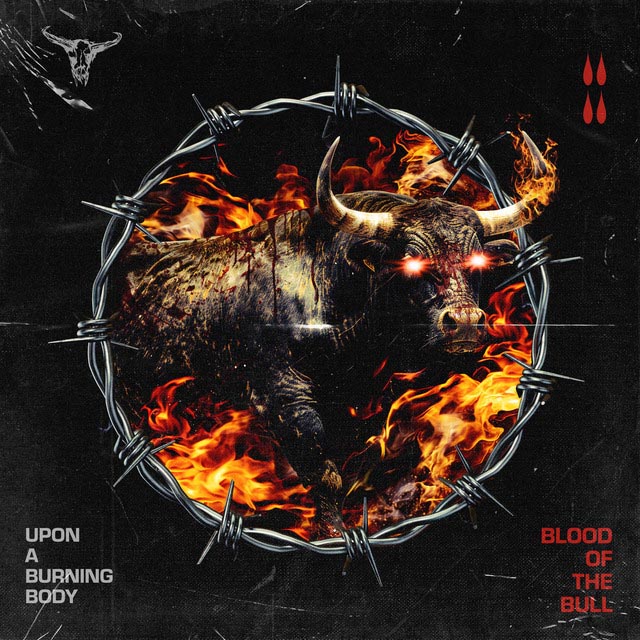
It started out as a fun night out at a rock show for the 462 people at the Station, a rock club in West Warwick, Rhode Island. It ended as the fourth deadliest nightclub fire in the history of the United States, with 100 people incinerated in just over five minutes. And while many say they’ve learned from the tragedy in the ten years since February 20, 2003, recent events like last month’s devastating nightclub fire in Brazil show that we’ve still got a long way to go.
Jim Stearns wasn’t at The Station the night of the fire, but the radio station he worked at, WHJY, was presenting the concert, with Great White, a hair metal band on the back end of their career, headlining. He was holding down the 7-midnight shift while his friend and co-worker, Michael “Dr. Metal” Gonsalves, went to the show with their promotions team. The show, which was oversold past the 404-person capacity, proceeded without incident until about 11pm, when Great White took the stage. As the incredibly hard to watch footage below shows, a pyrotechnics display set off by their tour manager ignited flammable soundproofing material, quickly engulfing the club, which didn’t have a sprinkler system. The footage – ironically shot by a news team doing a piece on concert safety – shows initially oblivious concertgoers quickly panicking and looking for exits as thick black smoke spreads.
Stearns got a call from a co-worker, saying that the club was on fire and they couldn’t find Gonsalves. Not understanding the magnitude of the situation, he suggested they wait for him by his car. “Then it started happening, and we started figuring out just what was going on,” he tells Metal Insider. “Our radio station is right next to I95 and the hospital, so there was a steady stream of ambulances for hours upon hours.” While they’d initially hoped that Gonsalves was merely at a hospital in a burn unit, as the hours went on, it became apparent that he hadn’t made it out.
Of the 100 that died, over 30 of them died by the main entrance, stacked on top of each other in a narrow hallway. “I knew a kid that was in the pile,” Stearns says. “He was an intern here, and he was stuck in the pile. He got himself out, and when he turned around, the pile went up. One person survived out of that pile. He was surrounded by everyone else’s bodies, and that protected him. He got a little burnt on his leg, and that was it. As they were clearing the bodies, he reached out and grabbed the firefighter, and freaked them out because they didn’t think there were any survivors.”
Stearns remained on the air in the days following the fire, dealing with the tragedy as best he could. They were the most difficult shifts I’ve ever done,” he says. “I’m on the air crying. I’m bawling on the mic. I can’t calm down, and I cannot be professional. One thing I remember is getting phone calls from all over the world. The phones rang nonstop for six days in a row. It was surreal, and I honestly think I was in shock for four or five days afterwards.” As the town started having funerals for the victims, he recalls the sense of camaraderie that everyone had as a community.
Ten years later, the site of the fire is still a makeshift memorial, but progress is being made towards turning it into an actual one. “The site is still the way it looked a couple of days after the fire,” Stearns says. “There are makeshift memorials to everybody, with 100 wooden crosses. It’s snow-covered again, which is surreal because 10 years ago, there was a massive snowfall a couple of days before the fire, so all that snow brought everything back. But now there’s going to be an actual memorial on the site. They’re starting to raise money, and there have been plans made up.” It took Stearns several years to work up the nerve to visit the site to pay tribute to Gonsalves. He hasn’t been back since.
So is there any good to be taken away from the aftermath of this disaster? Possibly. In the wake of the fire, Stearns says that fire codes in Rhode Island were changed, and on a personal level, many have learned to take precautions when going to events. “You’re always mindful of where the exits are,” he comments. “And in Rhode Island now, any time you go to an event, before the event starts, they make an announcement and say where the exit signs are, and to know your surroundings, know which door you came in, know which door you can go out. You just keep that in the back of your mind, especially when you’re in a packed venue.”
As those in West Warwick and Providence continue to heal while mourning those they lost, it’s sad to think that of those 462 music fans that went out for a night of entertainment, 100 of them didn’t make it back, and many others will be dealing with their injuries for the rest of their lives. While the video above is horrifying, hopefully it will serve as a reminder to always be aware of your surroundings at a venue. And if the actions that led to the fire (improperly up to code club, not knowing where exits were, pyrotechnic displays) forced any club owners, managers or musicians to re-examine what they’re doing and how they could make it safer, then the 100 deaths were not in vain.












